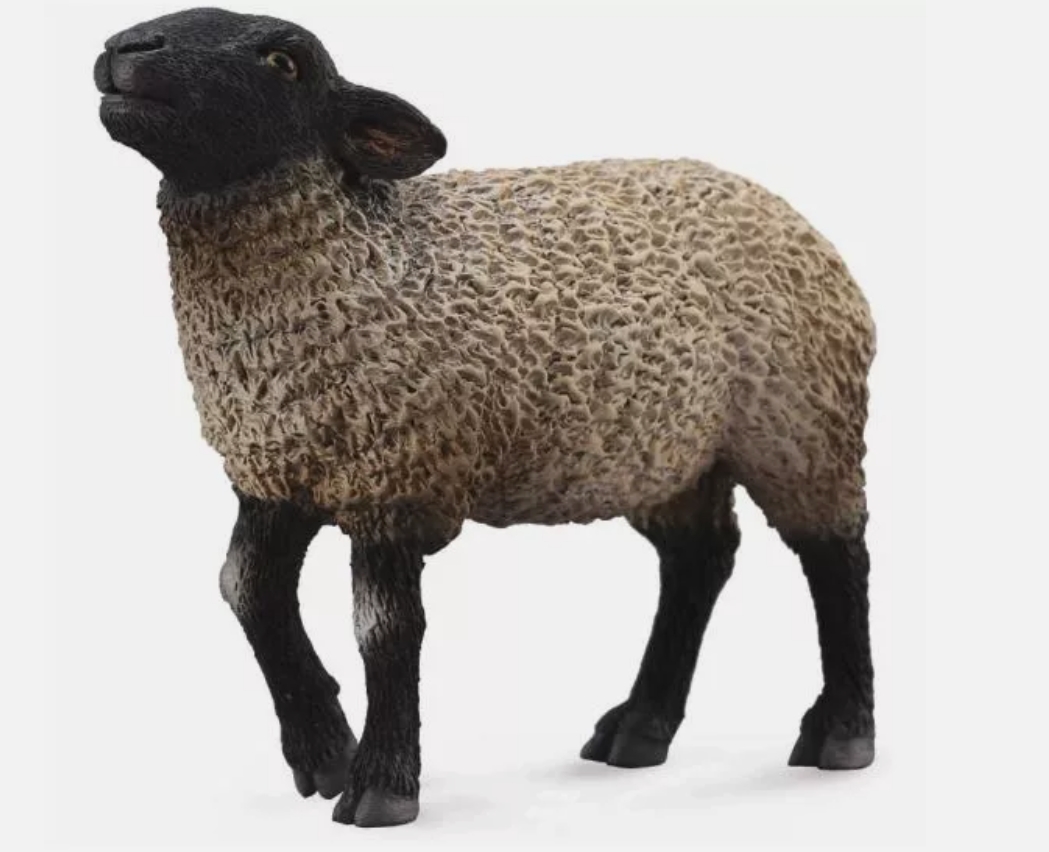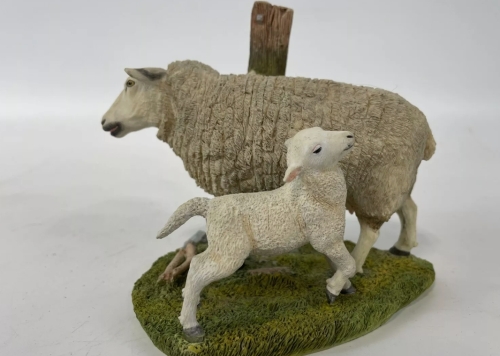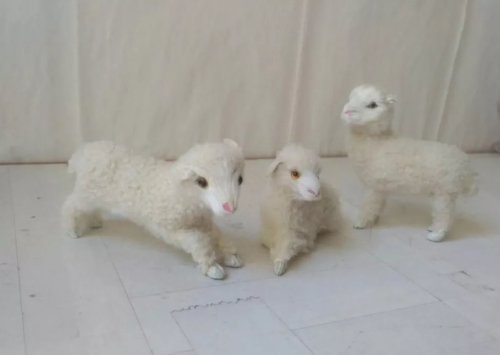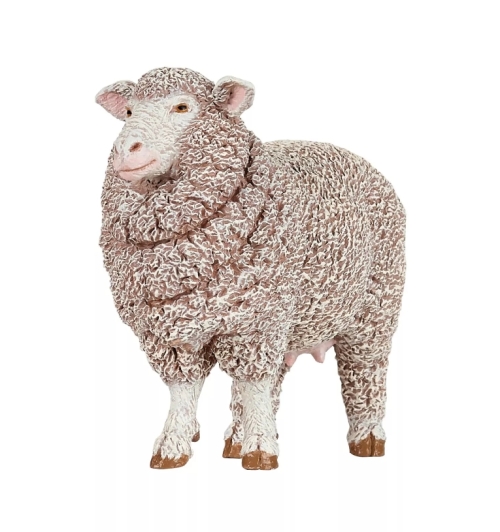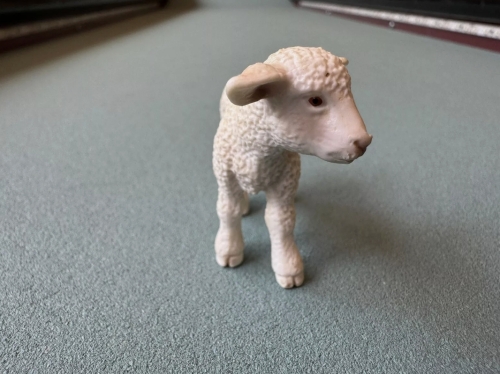The Sheep model is a theoretical framework for understanding complex systems and social behavior, analyzing collective decision-making and group dynamics by simulating interactions between individuals. It derives from the observation of the behavior of some animal groups in nature, especially the reaction of sheep in the face of environmental changes, and then extends to a variety of phenomena in human society.
In the sheep model, individuals are treated as relatively simple agents who follow basic rules of behavior. For example, each sheep takes into account the behavior and position of other sheep around it when making decisions. This local interaction produces significant global effects, forming specific group patterns and behaviors. Once a consensus has been formed among individuals, the whole group tends to move in a consistent direction, as if in concerted action.
The application of this model is very wide. It is used in social sciences, economics,ecology,and computer science. In the social sciences,the sheep model helps researchers analyze how group behaviors and opinions spread among different individuals to influence social movements and trends. In economics,it explains how market participants make decisions with limited information and mutual influence,resulting in price fluctuations and market changes.
The sheep model also reveals some important features in group decision-making,such as path dependence and collective intelligence. Individuals may have simple decision rules,but through collective interaction,groups can produce more complex and effective behaviors than individuals. This phenomenon has manifested itself in financial markets, public health,and environmental governance, demonstrating the importance of collective action in solving complex problems.

